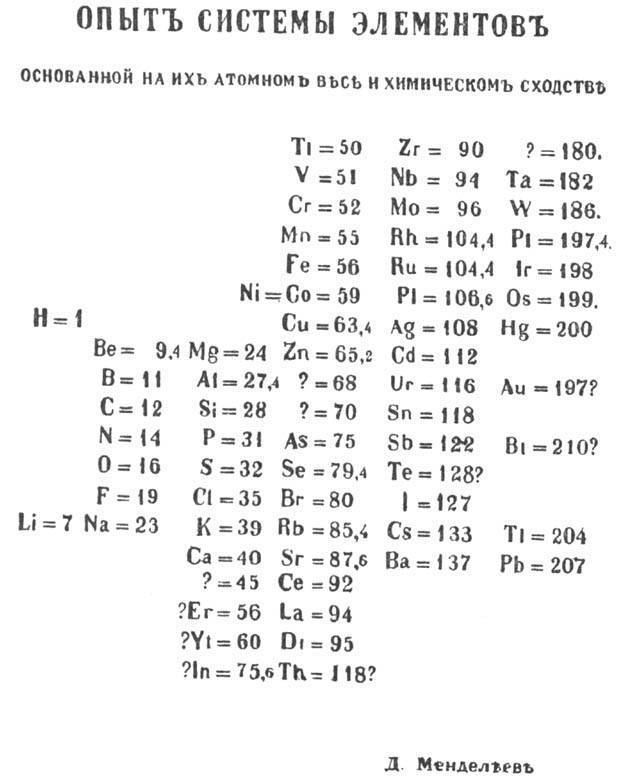 | ||
Similar Neodymium, Ytterbium, Lutetium | ||
Didymium (Greek: twin element) is a mixture of the elements praseodymium and neodymium. It is used in safety glasses for glassblowing and blacksmithing, especially when a gas (propane) powered forge is used, where it provides a filter which selectively blocks the yellowish light at 589 nm emitted by the hot sodium in the glass, without having a detrimental effect on general vision, unlike dark welder's glasses. The strong infrared light emitted by the superheated forge gases and insulation lining the forge walls is also blocked thereby saving the crafters' eyes from serious cumulative damage such as glassblower's cataract. The usefulness of didymium glass for eye protection of this sort was discovered by Sir William Crookes.
Didymium photographic filters are often used to enhance autumn scenery by making leaves appear more vibrant. It does this by removing part of the orange region of the color spectrum, acting as an optical band-stop filter. Unfiltered, this group of colors tends to make certain elements of a picture appear "muddy". The "sodium vapor process" used in motion picture matte work included a didymium filtering prism in the camera.
Didymium is also used in calibration materials for spectroscopy.
History
Didymium was discovered by Carl Mosander in 1841 and was so named because it is very similar to lanthanum, with which it was found. Mosander wrongly believed didymium to be an element, under the impression that "ceria" (sometimes called cerite) isolated by Jöns Jakob Berzelius in 1803 was really a mixture of cerium, lanthanum and didymium. He was right about lanthanum's being an element, but not about didymium. Mosander did as well as could be expected at the time, since spectroscopy had not yet been invented. His three "elements" accounted for at least 95% of the rare earths in the original cerite from Bastnäs, Sweden. Didymium had not been difficult to find, since it was providing the pinkish tinge to the salts of ceria when in trivalent form. During the period when didymium was believed to be an element, the symbol Di was used for it. In the illustration of Mendeleev's first attempt at a periodic table, shown on the right, it will be noted that the atomic weights assigned to the various lanthanides, including didymium, reflect the original belief that they were divalent. Their actual trivalency meant that his atomic weights for them were only about 67% of their true values.
In 1874, Per Teodor Cleve deduced that didymium was made up of at least two elements. In 1879, Lecoq de Boisbaudran succeeded in isolating samarium, from didymium contained in North Carolinian samarskite. Then in 1885, Carl Auer von Welsbach succeeded in separating salts of the last two component elements, which were soon named praseodymium and neodymium. The method used was a fractional crystallization of the double ammonium nitrates from a solution of nitric acid. Welsbach had decided to name his two new elements "praseodidymium" and "neodidymium" ("green didymium" and "new didymium"), but one syllable was soon dropped from each name. The name of "didymium" lived on in untruncated version, partly due to the use in glassblower's goggles. The name "didymium" also lived on in mineralogical texts.
During the First World War, didymium glass was reportedly used to transmit Morse Code across battlefields. Didymium does not absorb enough light to make the variation in lamp's light output obvious, but someone with binoculars attached to a prism in the correct fashion could see the absorption bands flash on and off.
The name "didymium" continued to be used in the rare earth metal industry. In the US, commercial "didymium" salts were what remained after cerium had been removed from the natural products obtained from monazite, and thus it contained lanthanum, as well as Mosander's "didymium". A typical composition might have been 46% lanthanum, 34% neodymium, and 11% praseodymium, with the remainder mostly being samarium and gadolinium for material extracted from South African "rock monazite" from Steenkampskraal.
The European usage was closer to Mosander's concept. Such cerium-depleted light lanthanide mixtures have been widely used to make petroleum-cracking catalysts. The actual ratio of praseodymium to neodymium varies somewhat depending on the source of the mineral, but it is often around 1:3. Neodymium always dominates, which is why it got the "neo" appellation, being responsible for most of the color of the old didymium in its salts.
Typically, in ores, neodymium is higher in relative abundance in monazite, as compared to the bastnäsite compositions, and the difference is noticeable when unseparated mixtures derived from each are examined side-by-side: the monazite-derived products are more pinkish, and the bastnäsite-derived products are more brownish in tinge, due to the latter's increased relative praseodymium content. (The original cerite from Bastnäs has a rare earth composition highly similar to that of monazite sand.)
In the late 1920s, Leo Moser (Moser glass-works Director General, 1916 to 1932) recombined praseodymium and neodymium in a 1:1 ratio to create his "Heliolite" glass ("Heliolit" in Czech), which has color-changing properties between amber, reddish, and green depending on the light source. This was one of a number of decorative glasses using rare earth colorants, with "Heliolit" and "Alexandrit" being the first two, introduced by Moser in 1929. Leo Moser's papers in the Corning Glass Museum make it clear that the first experimental glass melts done by Moser involving any of the rare earths occurred in November 1927. After a year of further development, the rare earth glasses were introduced to great acclaim at the Spring 1929 trade show in Leipzig. The Alexandrit and Heliolit names were registered as trademarks in June 1929. The earlier date of 1925 sometimes given for rare earth glass refers to an award for glass design, not glass composition.
